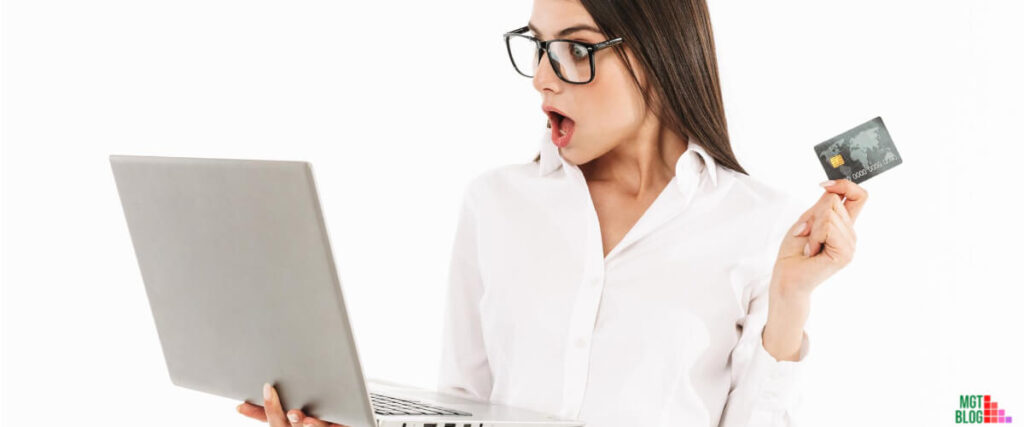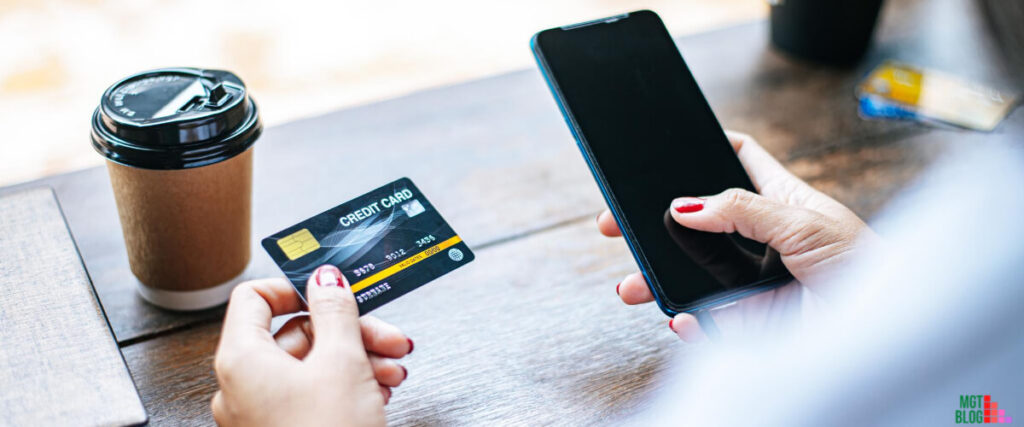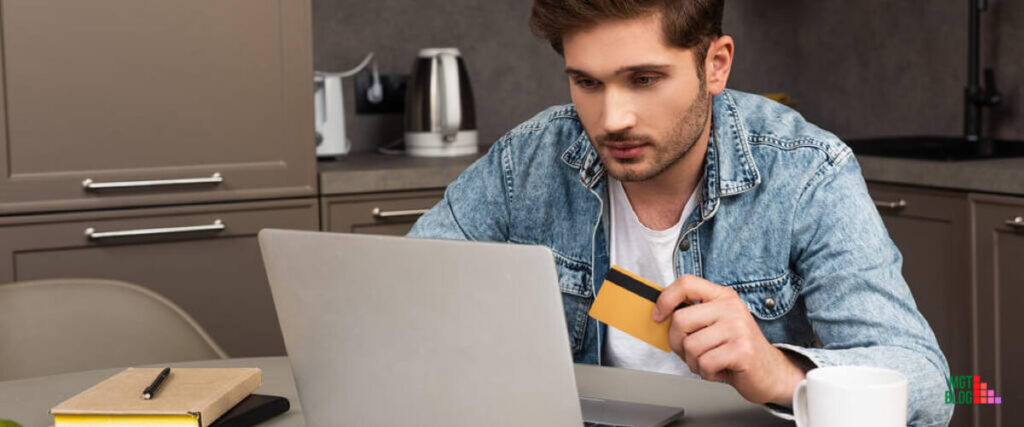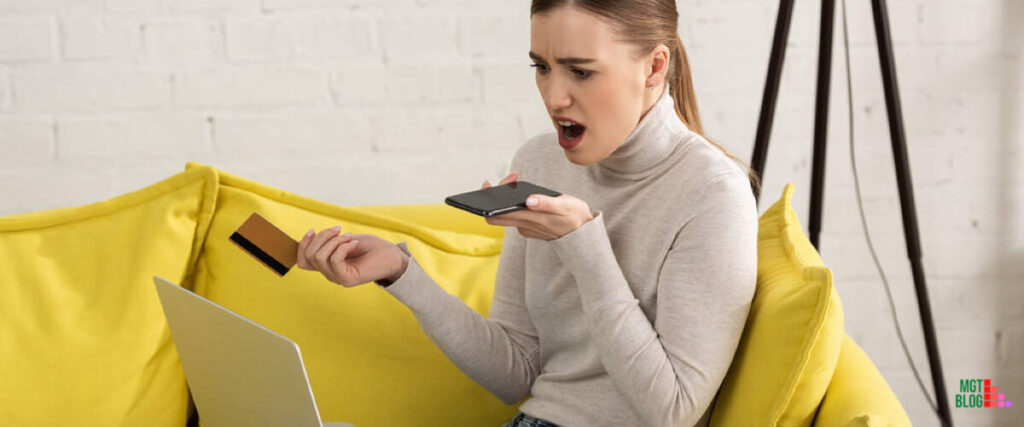You don’t add money to credit cards as such. But rather pay off what you own the company plus interest. A credit card company is loaning you money for a short period. So it’s not your money; you’re borrowing it from the bank to make some purchase.
But you’re supposed to pay it back. To pay, deposit the money on your credit card via online payment, phone payment, mail, Third-Party cash payment, ATM, or branch payment. However, it depends on card issuer policies on the method to use. It’s also possible to make payments with cash at the bank.
Generally, a credit card enables you to spend money up to a certain limit set. You’ll get a bill for what you have spent every month. It’s essential to try and pay out the balance in full, at least the minimum amount. This ensures you avoid interest, penalty, bad credit history and get your limit back.
How To Deposit Money On Your Credit Card?

There are many different payment ways you can use to pay off your balances and increase your credit. Nonetheless, various credit card issuers have their policies on how payment should be made, among other things. Some of the common ways to deposit money on your credit card include;
Online Payment
Nowadays, many people prefer paying their bills online, so do credit card bills. In several cases, you will have at least two choices to make an online deposit to your credit card account.
Credit Card Website: Several credit cards websites have an online payment option, where you are allowed to set up a monthly or one-time draft on your debit card or checking account for any amount you choose to pay.
Bank Bill Pays: Your credit card bank issuer might offer a bill pay service that allows you to pay your bills directly from your checking account. Therefore, you can make your payment electronically, which means the funds will be transmitted straight from your account to the credit card company. You can also opt for your bank to mail a paper check to your credit card issuer.
ATM Or Branch Payment
Some banks offer you the option of making payments on bank-issued cards. But you need to visit your bank branch and request the teller to make the payment for you through an ATM that the issuing bank owns. The benefit of this option is the quick payment posting and the chance to use cash or debit cards to make payments.
Payment Via Phone
Several credit card companies offer payment via phone as one of the methods to pay off your debts. Phone payment allows you to use an automated voice system when making payments using your bank’s details and debit card.
It’s also possible to speak directly to your bank customer service agent to help you process the payment. If you possess a tablet or smartphone, you can make payment also through your credit card company mobile app.
Payment Via Mail
Credit cardholders have used mail payment with money orders or paper checks for decades. Many people still prefer this method, although nowadays it is less common than before. If you opt to continue receiving paper statements via mail, there is a high chance your credit card company is sending you to envelop and payment stubs in every mailing.
The only limitation is the possibility of delivery issues and mail delays, which could slow down your payment. This could lead to late payment and damage your credit score. If you opt to continue paying your bills through postal mail, consider paying extra money for tracking services. It will enable you to know when the bill payment arrives at the credit card billing center.
Third-Party Cash Payment
The chain retailers like big-box stores, drugs store, or grocery stores and check cash services offer you in-person bill payment. You will hand the cashier your card plus cash and inform them that you want money to be applied to your credit card balance.
A fee for these services is normally needed, and the cashier might ask you to see your ID. Then key in your details into the store cash register and process your transaction.
Retailers will hand you the receipt for your deposit that will hang around until the same is applied to the account. Normally, it takes less than an hour.
The major benefit of retail payment is that you can pay in cash and get a receipt for the amount you’ve paid. The only limitation is the extra fee charged for convenience.
Types Of Credit Card
There’re two main types of credit cards: Unsecure and secured.
Unsecured Credit Card
Unsecured credit card is issued to customers after the application is approved. The company can endorse or deny you the card based on your current credit score, your records of on-time debt payment, past delinquencies, among other factors. There will be a set limit for the same. You can choose to add more money and overpay your credit card to a negative balance.
If you have poor credit or limited credit records might not qualify for an unsecured credit card. This is where secured cards come in place.
Secured Credit Card
The card issuer needs a deposit to open an account. A secured credit card is usually the best option if you don’t qualify for an unsecured one. It could be you have bad credit or short credit history. As per the card issuer guidelines, you can add more money to increase your limit.
The good thing about secured cards to credit card issuers is that the risk is minimal. At the same time, the cardholders have the chance to upgrade their account directly to an unsecured card.
What Happens If You’ll Overpay Your Credit Card?
If you overpay your credit card, the account balance will go negative. A negative balance means you have paid more on your credit card than what you owe the issuer. Meaning your credit card company owes you money for change rather than you owing the credit company money. The current balance will be expressed as a negative number when you check your account.
Overpaying your credit card is not the worst thing to do, but not a good thing either. Avoid it if possible since you won’t like the credit company holding your money. It can mess up your finances, especially when you need cash to pay your bills and a lot of money is tied in overpaid credit cards.
How Do You End Up Overpaying Your Credit Card?
Yes, we know, every time overpay topic comes up, people are quick to ask, “How do you end up overpaying your credit card?” Well, it does happen in various ways; some aren’t even your fault. Let’s check it out;
Overpaying Your Statement Balance
The common and easiest way to overpay your credit card is to pay more than what you owe. The good thing is it’s within your control. People end up paying more than what one owes in total as they pay statements balance. Sometimes it’s intentional or unintentional.
Purchase Refund
Whenever you return the purchases you have made, they will always show up on your account as a credit. However, if the purchases and returns happen within the same statement cycle, it will offset the original purchase. You won’t see the negative balance.
Issued Rewards As A Statement Credit
It refers to cashback credit cards that normally pay out cashback rewards once every year. Cashback rewards show up in your credit account when applied as statements credits. Your account current balances will go into negative if the reward amount is larger than what you’re owed the company.
Reversed Fraudulent Fee
The reversal of the fraudulent fee on your account shows up as an account credit. So, if you had settled your dues, the account will run into negative balances.
Canceled Credit Card Charge
Sometimes you made purchases, but unfortunately, it gets canceled due to some reasons. The reversal will appear as a credit on your credit card account.
Corrected Transaction
Have you ever done a charge, and it didn’t show correctly and later get adjusted? Well, it can lead to a negative balance in your account.
Ways To Handle An Overpaid Credit Card
Whenever you find yourself in such a situation, we’ve some good news; you can fix it. Here are some of the options available;
Spend It: overpaying your credit card is pre-paying for your future expense. So, the easiest way is to spend more on your credit card. Your future costs will be taken care of by the negative balance you’ve built up. After your balance is back, you can continue making your everyday purchases and payment as well.
Ask For A Check: Even though overpaying credit cards isn’t common, the money is still technically yours. You can conduct your company and request a check for the balance, and they’ll be happy to refund you.
Do Nothing: You can decide to do nothing at all and wait for the company’s actions. Legally credit card companies go the extra mile to refund the negative balances after six months of being unused.
Final Word!
Go for a pre-paid card if you want to keep on adding money to your card. Since you don’t add money to your credit card but rather repay the money you owe the company when the payment date is due. You can use one of the methods mentioned in our article to deposit money on your credit card.
References: 1 https://www.idfcfirstbank.com/finfirst-blogs/credit-card/how-to-add-money-from-credit-card-to-bank-account
References: 2 https://bd.visa.com/pay-with-visa/featured-technologies/visa-direct.html
Last Updated on August 6, 2022 by Ana S. Sutterfield

Magalie D. is a Diploma holder in Public Administration & Management from McGill University of Canada. She shares management tips here in MGTBlog when she has nothing to do and gets some free time after working in a multinational company at Toronto.





